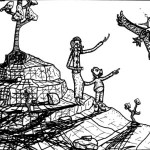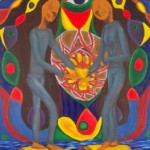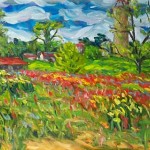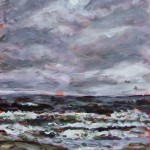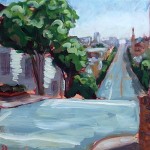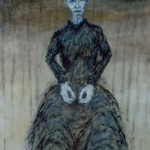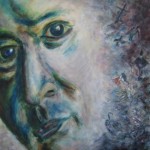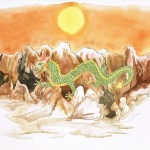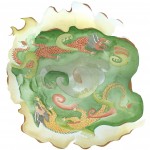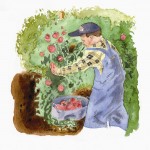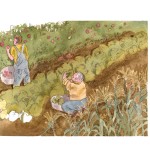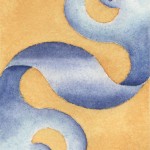- “5”
- Beneath Foundations of Space and Time
- Everything Would Be All if Not for the Linear Displacement of Moments
- Prophecies Are Easily Revealed
- So Too Are the Worlds
- That Which is Orthogonal to the Everyday Leads Us Beyond
From Daniel Rekshan:
Basically, I agree with Kandinsky and the Theosophical movement in general that the role of the artist is to investigate the spiritual world and share the findings with those individuals surrounding the artist.
I study, meditate, and do dream-work in order to explore the spiritual world. My findings are most clearly stated in my art and when I express them in words, they get a little bizarre. Here are some I’ve listed in a statement I’m writing now:
- Divinity is an action of the individual
- Likewise, evil is an action of the individual
- The individual must take responsibility for the cultural mythos, ie, must enact the divine acts in each moment and sublimate the base acts.
- There are many worlds. This physical/cultural/mythological/spiritual complex is one of many worlds. Our world blends with the other on the border of the physical. Just as there is an indefinite complexity of organisms on this plane, so too is there on the others.
- The physical is a paper-thin illusion
- Individual motivation, thus action, determines the inhabited world.
These notions are clearly expressed in my dreamscapes. The representational aspect of my landscapes obscures my motivation and their message; that’s why I have such long titles.
My physical creative process involves expression of either an external or internal vision, ie, landscape versus dreamscape. I simply create a composition in perspective, build up tonal planes, add hues and highlights, and iterate the process if needed. My landscapes are done location. Interestingly, I’ve been “growing out” of an easel. I find it is better to sit cross-legged on the ground, as in meditation or in art-making as a child.
Find Daniel’s work online at http://www.danielsimagination.com and you may also contact him through the website.

